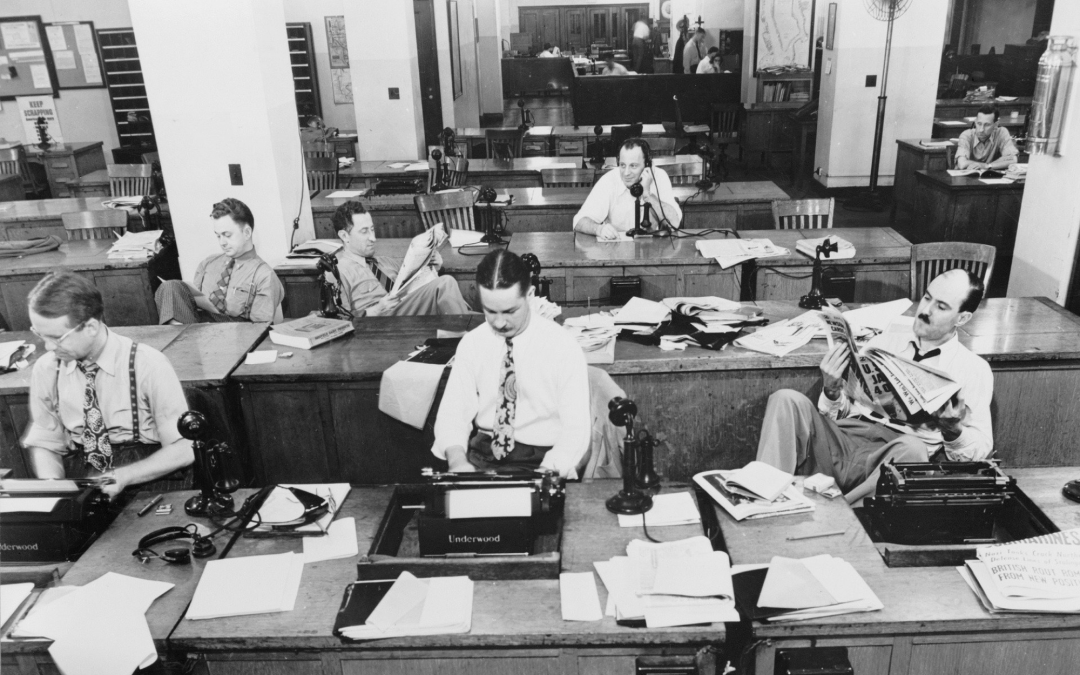There’s an ad from Naked Wines going around the socials that says ‘chances are your $30 bottle contains just $8 of wine. Let’s fix that’.
Let’s fix what?
It turns out, I have a lot to say about this, sorry. (I’m not going to link to an image of the ad but if you say ‘naked wines’ loud enough near your phone it’ll likely pop up shortly.)
So, to start – why do I think it’s deceptive?
It doesn’t take into account the true cost of wine. Firstly, the wording ‘contains just $8 of wine’ is interesting. This is actually true – there are lots of wines that cost $8 to put in a bottle, some that cost less & plenty that cost more. The deception here is that it doesn’t take into account all the other costs that go into wine business. Consequently, I think it suggests that the wine producers charging $30 look like pirates for selling their product at that price and that this blatant swindling can be avoided if you buy wine from NW. Handy inside information alert!
Um, the NW wines aren’t that cheap either. Which is good! I’ve talked below about the actual cost of wine. Last time I looked there were 235 wines on the site, 116 of them were over $25. So, NW is cool to sell $30 bottles but everyone else is taking the piss? Maybe I should make an ad that says ‘chances are that the $25 bottle you buy from that online retailer only has $6 worth of wine in it. Let’s fix that.’ Begs the question though, if there is no middle seller and it only costs $8 who’s getting all that margin then? It seems like they’re buying direct, selling for a little under RRP and taking the whole margin while preaching this whole ‘we’re trustworthy and everyone else is ripping you off’ narrative. If it weren’t so ugly it would be clever.
Making wine for retailers is not unique. A big part of the messaging is about how NW buy direct, cutting out middle sellers and therefore keeping the cost down (even though they are themselves a reseller?). But anyway, buying direct from wineries is not unique. I made a wine recently for Blackhearts & Sparrows and because they bought it in one whole batch, it was cheaper. Wine trade 101. Important to note: it’s not cheaper because it costs less to make, it’s cheaper because it costs me less to sell it. I don’t want to speculate on the NW model but it looks as though this is how at least some of it is set up. I did try and talk to a few producers but, hey surprise! They were all a bit quiet. And while you’re thinking about why they might be a little quiet, go have a read over on Product Review about some of the onboarding tactics they appear to use.
The value proposition is still about people, but only their people. There exists a thing called the bulk wine market: it is finished wine, ready to be (or already) bottled. NW could easily buy this wine, bottle it under a made-up label and sell it for a massive margin. But they don’t (or maybe they do and I don’t know). Why? Because there is no unique value proposition (UVP) that they can build value (margin) on. What they do is the same as everyone else – work with winemakers and use their human story to sell the wine. These producers & their stories are positioned as heroes and NW gets their margin because they have added value by elevating UVP. By saying ‘let’s fix it’, in my opinion this is essentially saying ‘we champion our producers because they deal directly with us, but we’ll try to expose other producers who do the same thing because it’s not with us’. Hmmmm.
Let’s talk about that $8 bucks then…Talking about cost is not something the wine industry is very good at. I’m going out on a limb with this because I think it’s critical that providing even a little bit of transparency will be useful in deciding where your money goes. These are some costs for table wine based on 1000 dozen – which is tiny.
The raw product. Let’s assume we’re buying grapes, not growing them. To buy, quality grapes typically cost between $1500 – $3500 per ton, higher for niche things like Beechworth chardonnay or Tasmanian pinot noir. From your ton, you’ll get on average about 700 litres or 933 bottles of wine. So let’s choose a mid point of $2500 – this makes the cost into each 750ml bottle $2.67.
When I say ‘typically’ – this is what quality grapes should cost in order to allow grape growers to build sustainable enterprises and hopefully cope with the agricultural clusterfuck that climate change is causing. To make them cheaper, you need big yields (more tons per acre) & a fully mechanised operation (big investment). Big yields need lots of irrigation (or rain) and sometimes lots of chemicals to prevent all the disease that can flourish in crowded canopies. This is the reality of the big volume / low cost end of the market. I can’t say whether it’s economically or environmentally sustainable or not, but knowing how much it costs to grow grapes here, I hope someone, somewhere is making some money.
Winemaking, bottling & packaging. The costs of winemaking labour & consumables are next, which works out to be about $3 per bottle (for the many producers who use outsourced winemaking it can be anywhere up to $1800 per ton). Our oak costs are roughly 50 cents per bottle and our bottling costs are about $1.30 per bottle. With packaging, our average cost of a bottle is 76 cents, a cork is 55 cents, a label is 50-80 cents. A plain 6-pack box and divider is about $1.50 – a nice branded one is $2.50. None of that includes the freight to get all of that product into the winery, the pallets, or the pallet wrap – so the $2.40 per bottle cost is actually about $3.10, or $4.10 including a fancy box. Design costs are about 20 cents per bottle and storage costs about 50 cents on average. I can’t stress this enough – in big facilities, bottling, bottles, boxes and the like are MUCH cheaper by the wonder of economies of scale.
So, where does that leave us? Right. We’re at about $10-11 bucks a bottle for a table wine in a basic box (don’t even get me started on sparkling wine production) and you can see that with bigger volumes or cheaper grapes you’d easily get it under $8.
However, and I mean HOWEVER. We haven’t paid any staff, haven’t repaid any of our initial business establishment costs, haven’t sent the wine anywhere (truthfully, freight is a killer), haven’t got any insurance or licenses, haven’t utilised any professional services, haven’t accounted for depreciation or tax, haven’t paid for fuel, haven’t fixed anything that has broken down or replaced old machinery, haven’t paid a power or water bill, haven’t written off wine for tastings or bad debt from unpaid bills, haven’t done any marketing, advertising, photography, website, events or promotion, haven’t traveled anywhere to show the wines, haven’t invested into any business development and certainly haven’t taken into account any discounts that are standard issue to buyers who buy bigger volumes or the margin that the distributor earns when they sell on our behalf. I’ll save you my whole chart of accounts but hopefully you get my drift. It’s pricey.
And, if you’re a grower also, we, unfortunately, have not accounted for the years where, for example, we’ve lost our crop to smoke taint (2007, 2009, 2020), frost (2014) or torrential rain (2011).
So how will NW ‘fix it’ then?
They won’t because there isn’t anything to fix. Decent wine costs decent money and in the process supports a whole industry – particularly the growers who wear the agricultural risk and who have to maintain their inputs even after a bad season.
I realise that not everyone can drop $40 bucks a bottle every night so there is of course a need for lower priced wines. It’s just that lower priced wines marketed with a side of what I believe to be deceptive advertising (and questionable onboarding tactics) really, really irritates me. I think it’s clear that for some, wine can cost about $8 bucks a bottle to make. To imply in an advertisement that this is the total cost – I think, is shonky AF.
While I leave you to speculate on what kind of company NW is, here’s my conclusive, unsolicited wine buying advice: Don’t worry about the supply chain, just drink a bit less, drink better & only buy from people & places that you like and want to support.

